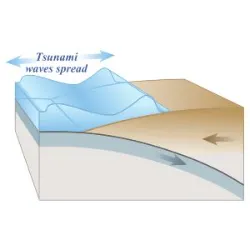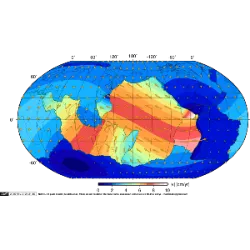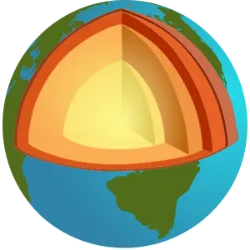Tsunami: Giant Wave

Tsunamis are giant waves formed in the ocean due to underwater disturbances, such as earthquakes, volcanic eruptions, landslides and even asteroid impacts. Unlike common waves caused by wind, tsunamis are generated by the abrupt displacement of a large mass of water.
How is a Tsunami Formed?
Initial Event – An underwater earthquake is the most common cause of tsunamis. When there is a sudden movement in the Earth's crust under the ocean, the ocean floor can rise or sink, displacing huge volumes of water.
Wave Propagation – After the water has moved, seismic waves spread rapidly in all directions, reaching speeds of up to 800 km/h in the open sea.
Increase in Height – In the open sea, waves can be just a few centimeters high and go unnoticed. However, as they approach the coast, where the depth decreases, the speed slows down and the accumulated energy causes the waves to grow, reaching heights of over 30 metres.
Impact on the Coast – The tsunami hits the land with enormous force, flooding coastal areas, destroying buildings and sweeping away everything in its path. Often, there is a sudden retreat of the sea before the waves arrive, which can be a warning sign.
Did you know??












